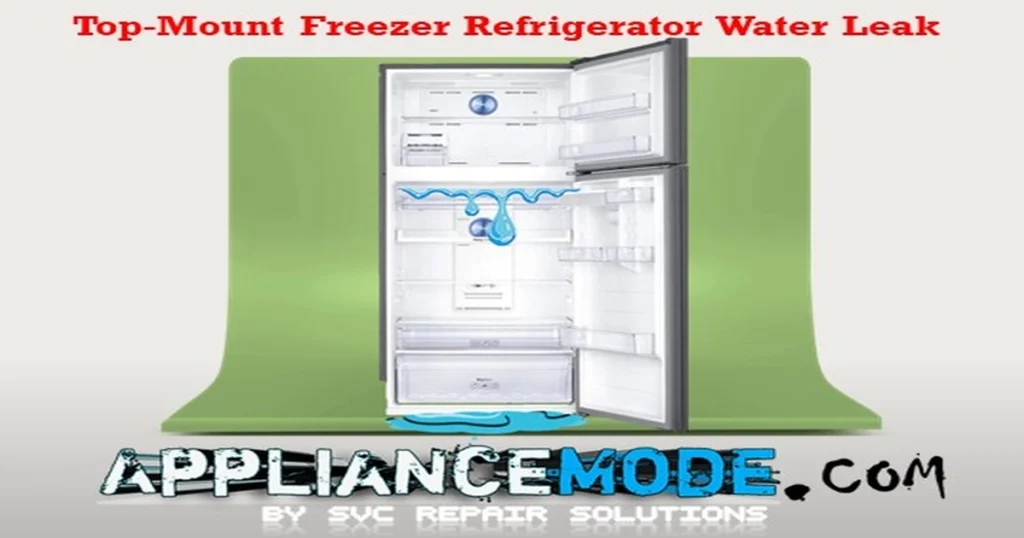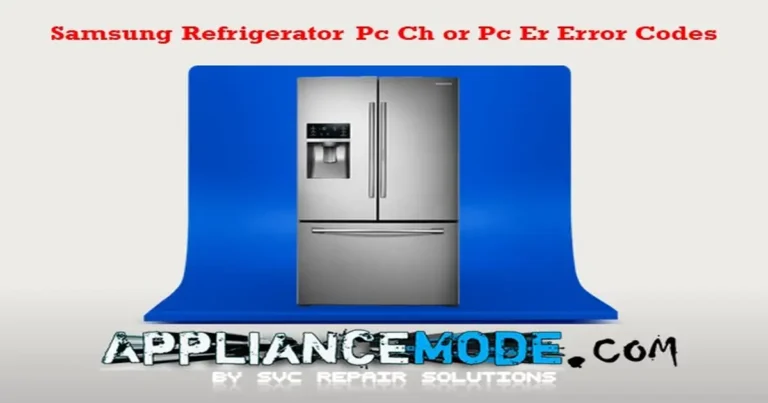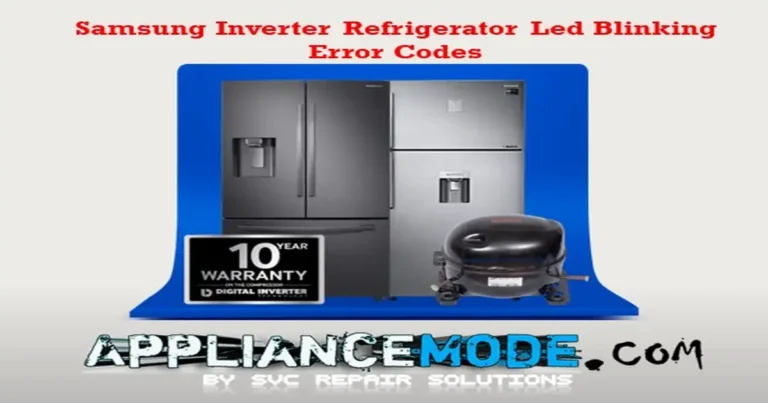Is your top-mount freezer refrigerator causing you a headache with water leakage into the fridge cabinet, regardless of its brand? This issue can be a common nuisance for homeowners.

In this blog post, we’ll explore the reasons behind the top-mount freezer refrigerator water leak issue and offer some practical solutions to help you get your refrigerator back in working order.
The Woes of Top-Mount Freezer Refrigerator Water Leaks
Water leakage from the freezer compartment into the fridge cabinet often stems from a clogged defrost drain tube. This is a problem that can affect a variety of top-mount freezer refrigerator models, including popular brands like Samsung, LG, Whirlpool, GE, Midea, Frigidaire, Electrolux, and more. So, what leads to this troublesome problem?
- Food Debris: A major culprit behind clogged drain tubes is food debris. Over time, small particles of food can find their way into the defrost drain hose, obstructing its flow. As your freezer’s fan operates, it may draw these food particles into the drain pan. During the defrost cycle, melting ice carries these food crumbs into the drain hose, leading to blockages.
- Prolonged Door Opening: Another factor contributing to this issue is prolonged door opening. When you frequently open your refrigerator door and spend too much time deciding what to grab, you allow an influx of warm air into the refrigerator. This warm air can result in moisture buildup inside the refrigerator, which, over time, can lead to defrost drain blockage and water leaks into the refrigerator compartment.
- Introduction of Hot Food: Placing hot or warm food directly into the refrigerator can result in condensation forming inside the appliance. Over time, this condensation accumulates and obstructs the drain, leading to water leakage from the freezer into the refrigerator compartment.
- Damaged Door Seals: Sometimes, damaged or compromised rubber gaskets around the refrigerator door are the root of the problem. When the seals fail to provide an airtight seal, warm air can enter the refrigerator, triggering humidity and condensation issues that lead to drain blockages.
The Vicious Cycle
When the defrost drain becomes clogged, condensate water from the defrost cycle accumulates in the return vent, which is the space between the refrigerator cabinet and the freezer. As the refrigerator restarts after the defrost cycle, this water freezes, and the process repeats itself until the water reaches a critical point. When this happens, air from the refrigerator is blocked “you will also notice a decrease in the cooling performance of your refrigerator”, and water starts to leak into the refrigerator cabinet.
How to Resolve the Issue
To tackle this frustrating problem, follow these steps:
- Protect your floor. To protect your floor from potential water damage, lay down towels or absorbent materials, such as a dishwasher drip tray, which is especially effective for safeguarding wood floors.
- Unplug your fridge and leave the doors open. Disconnect your refrigerator from the power source and leave both the refrigerator and freezer doors open for a full 48 hours. This will help melt any ice buildup and allow the blocked drain to clear.
- Inspect the defrost drain tube. After 48 hours, inspect the drain hose to ensure it is entirely free from obstructions. To verify this, you can pour warm water down the drain. If the water doesn’t flow freely, the drain is still blocked.
- Clear the clogged defrost drain hose. To unclog the defrost drain tube, employ a pipe cleaner or a straightened-out coat hanger. Insert the tool into the drain tube, pushing it through until you reach the clog. Then, twist and wiggle the pipe cleaner or coat hanger to break up the clog.
- Tilt the refrigerator. Gently tilt the refrigerator backward by about 40 degrees for 18 to 20 minutes to facilitate proper drainage of any remaining water in the return vent.
- Adjust the hinge and the door seal. Ensure the freezer hinge and seal are correctly adjusted to maintain a tight seal between the refrigerator and freezer compartments.
- Level the refrigerator. Slightly tilt the refrigerator backward using the leveling legs to ensure that any excess water flows toward the drain hole, preventing water accumulation in the freezer compartment.
Preventive Measures
To avoid water leaks in your top-mount freezer refrigerator, follow these tips:
- Limit frequent or extended refrigerator door openings.
- Refrain from placing hot or warm food directly into the fridge.
- Regularly inspect the door seals for signs of damage or wear, replacing them if necessary.
- Slightly tilt the refrigerator backward to encourage water to flow toward the drain hole, preventing water buildup in the freezer compartment.
Conclusion
Dealing with a leaking top-mount freezer refrigerator may be exasperating, but with the right understanding and actions, you can resolve this issue. Whether it’s a clogged drain, extended door openings, or improper food storage, these problems can be effectively addressed. By adhering to our recommended solutions and maintenance steps, you can prevent water leakage in your top-mount freezer refrigerator.

I am a master Appliance Repair technician with over 35 years of experience in the field. I am passionate about helping people troubleshoot their appliances and fix common problems. My website, appliancemode.com, provides a wealth of information on troubleshooting common appliance issues and deciphering error codes. This website aims to empower people to tackle appliance repairs themselves and save money on service calls.



